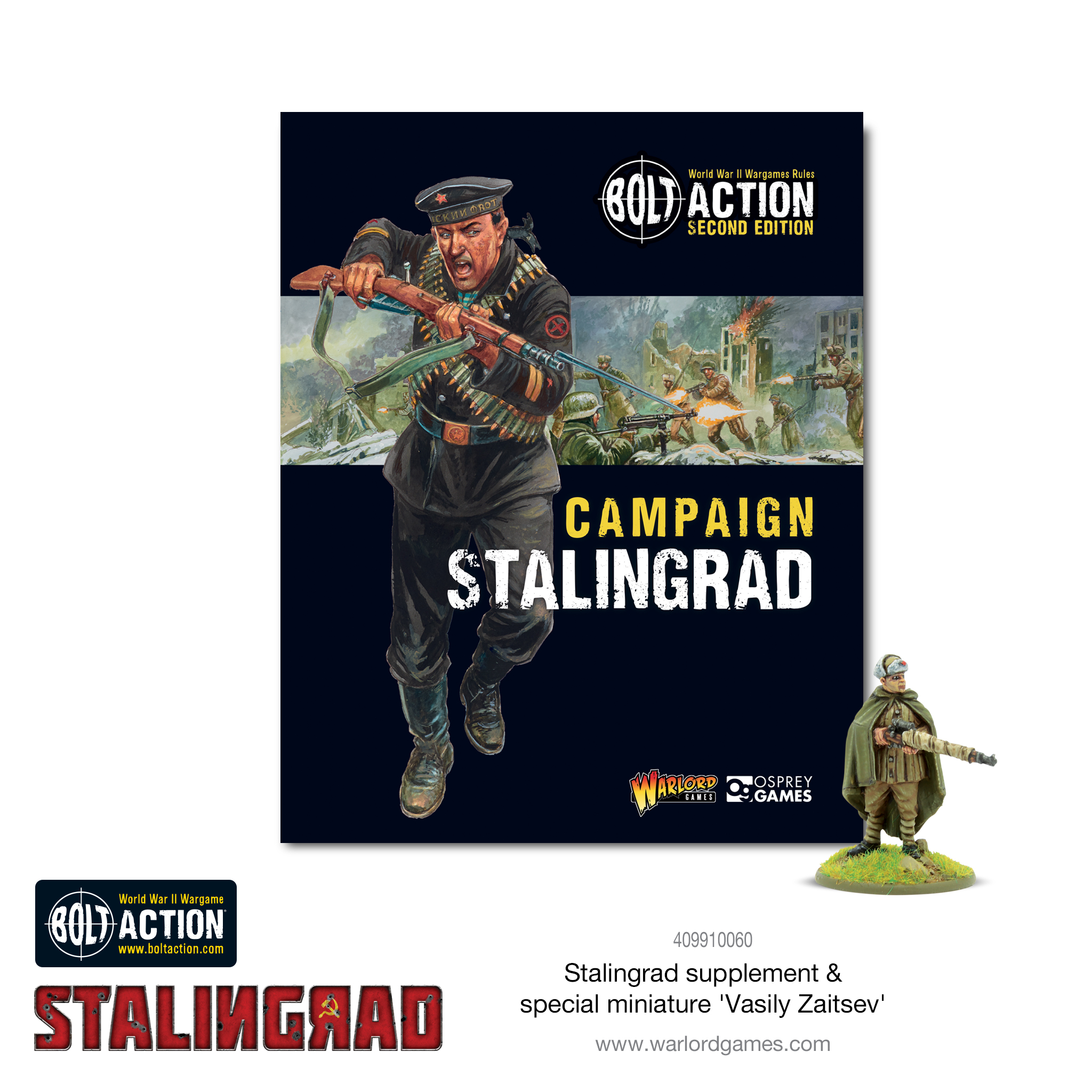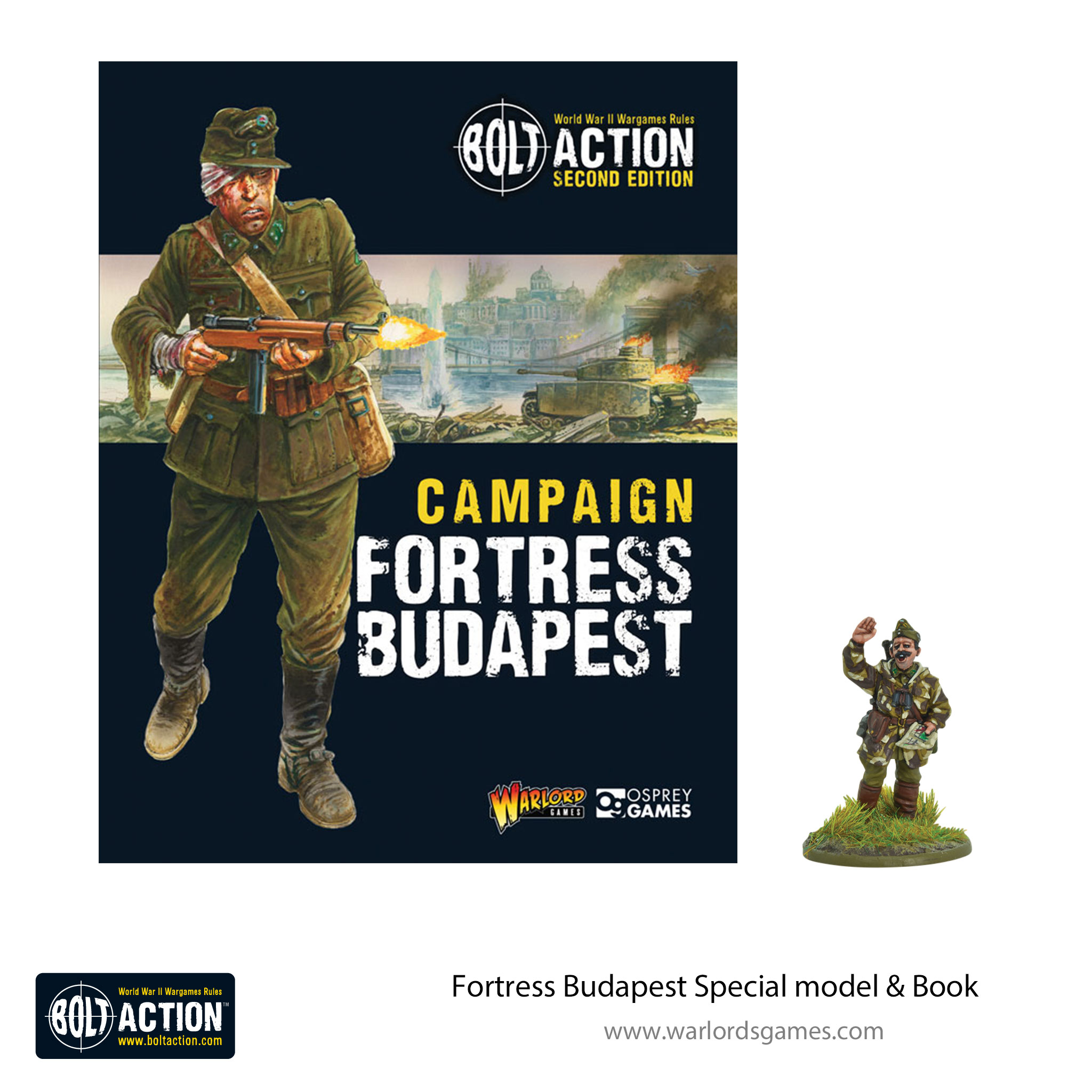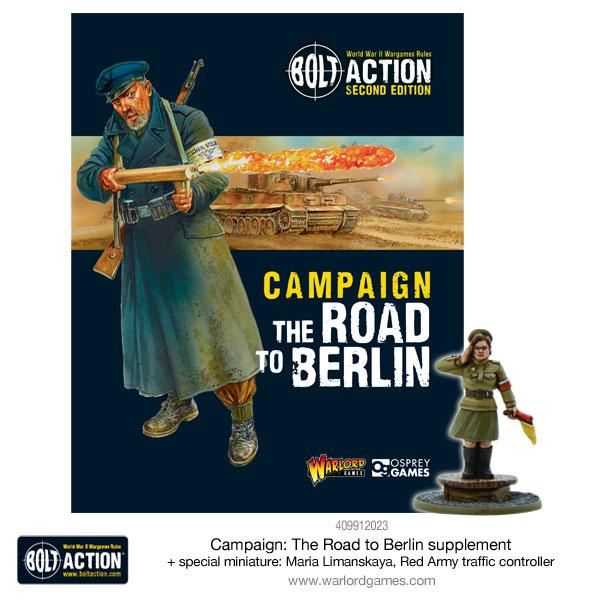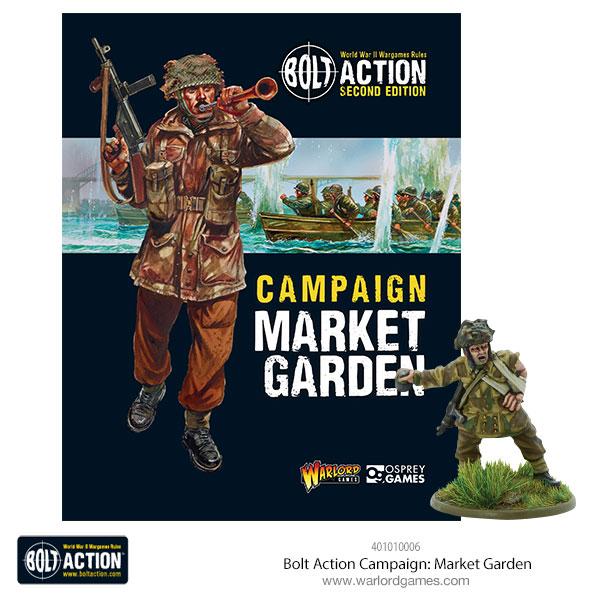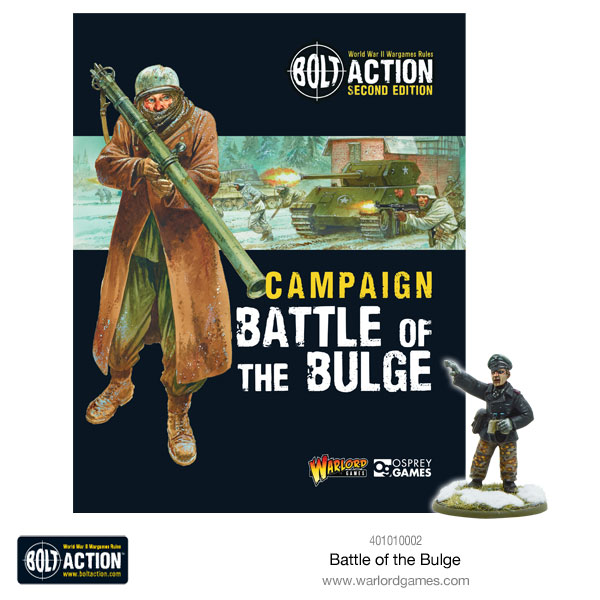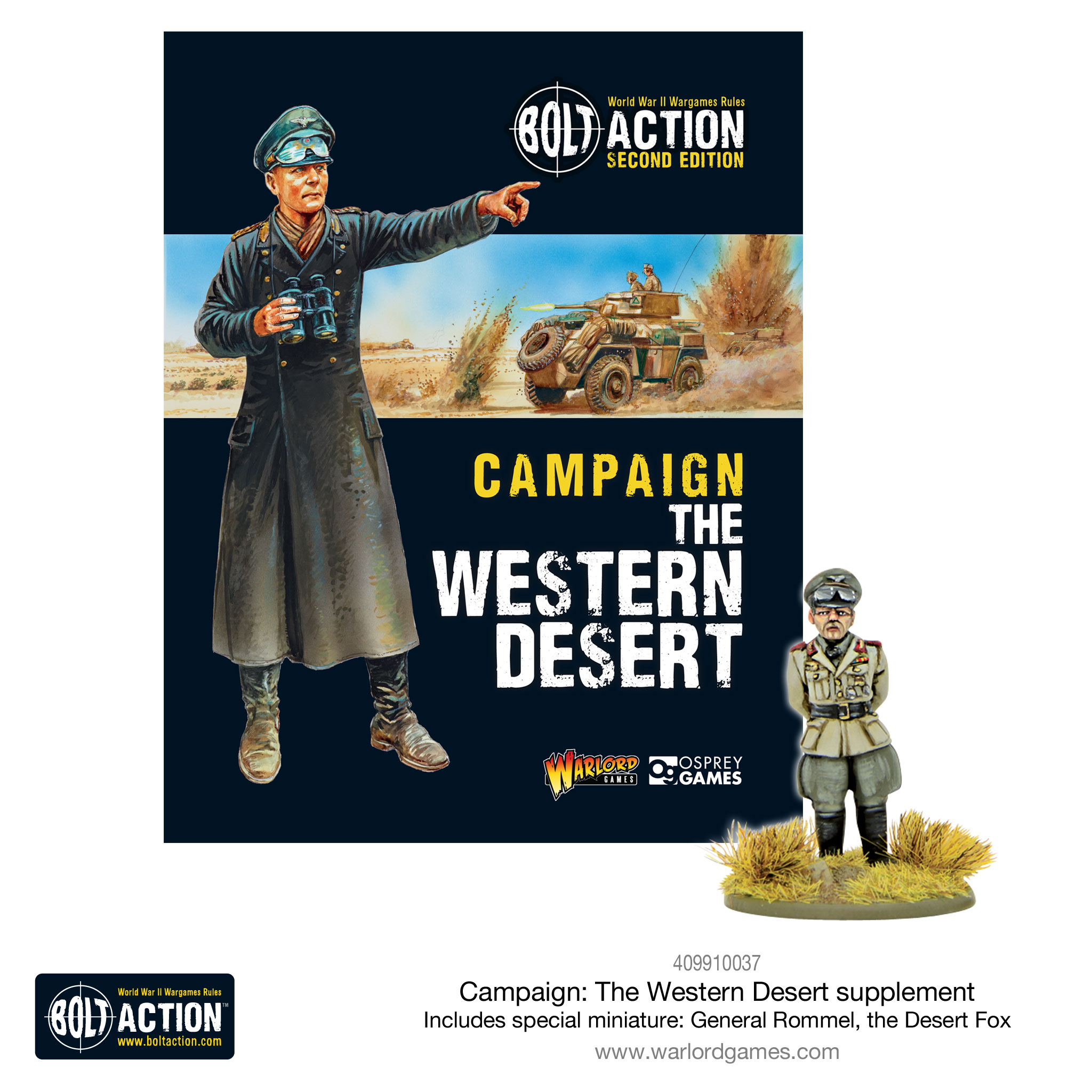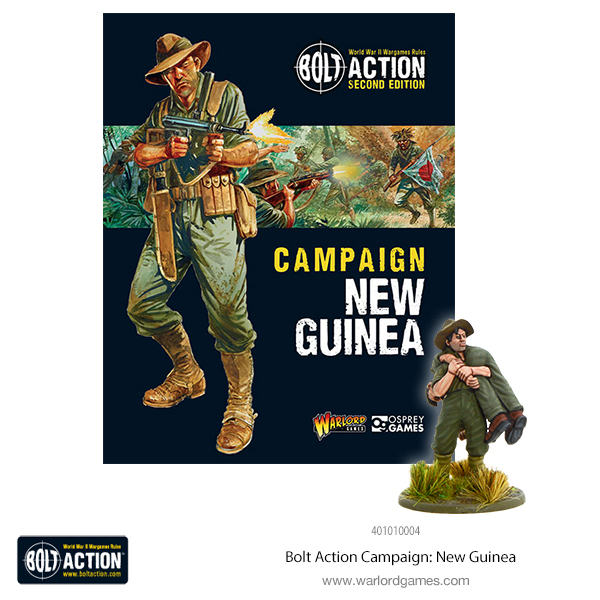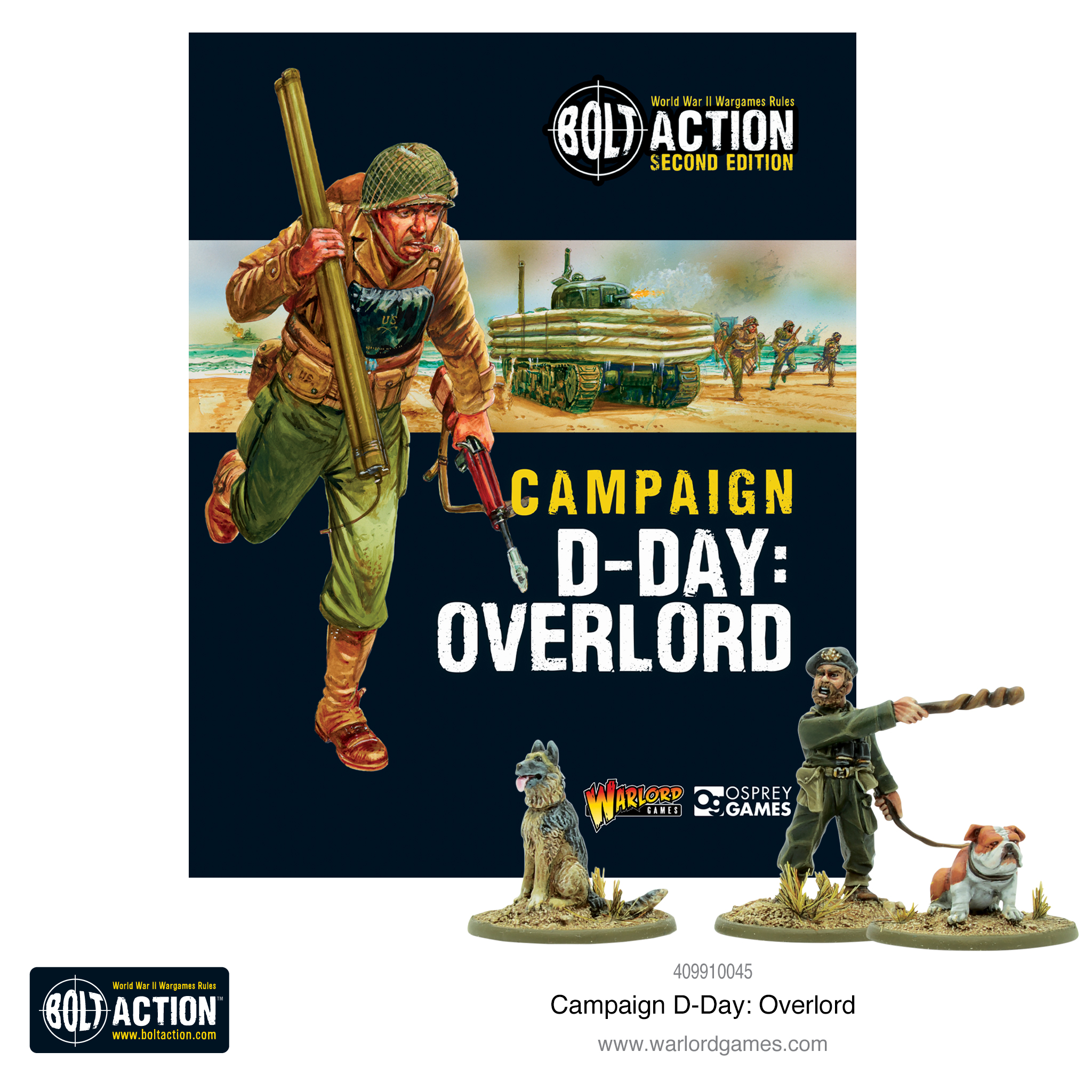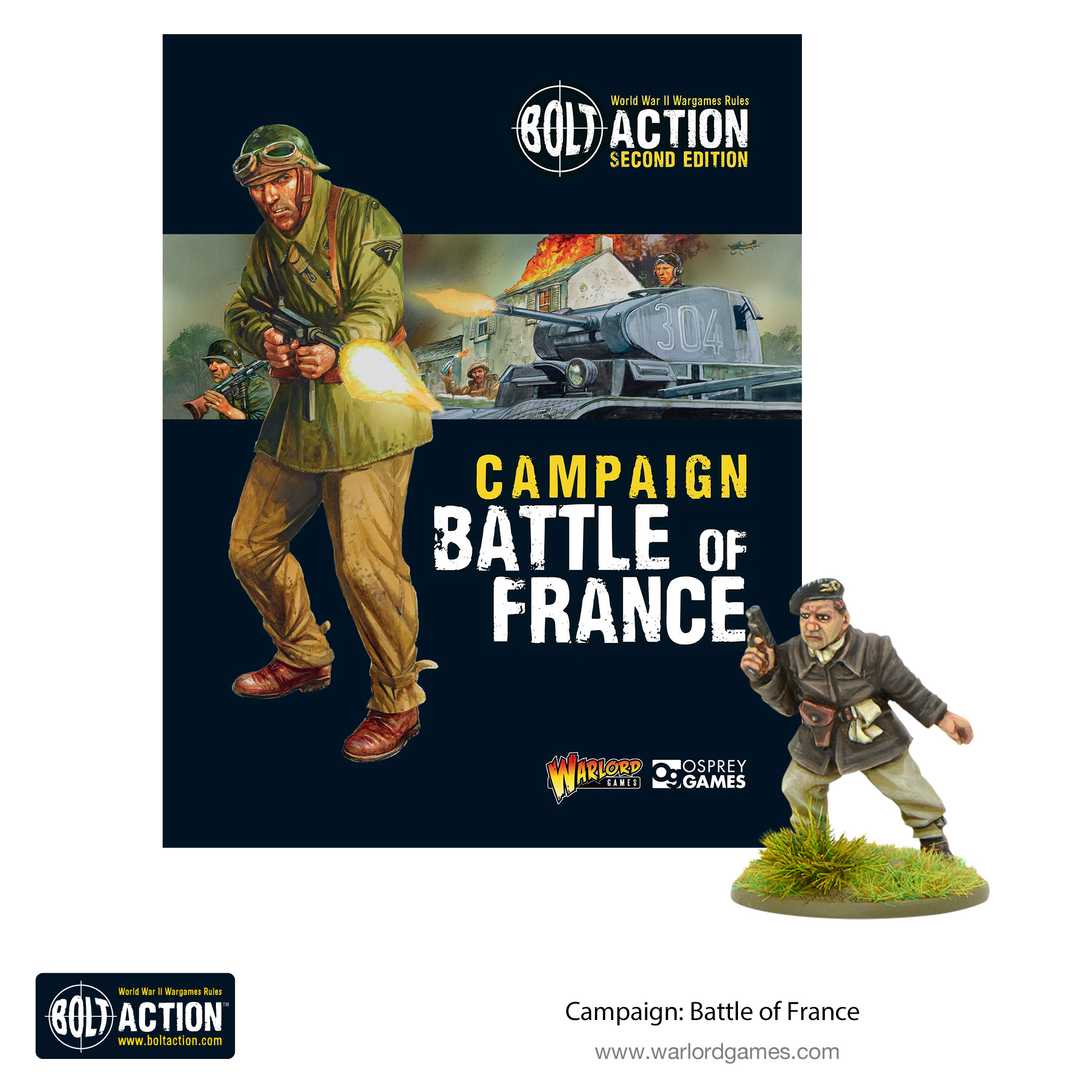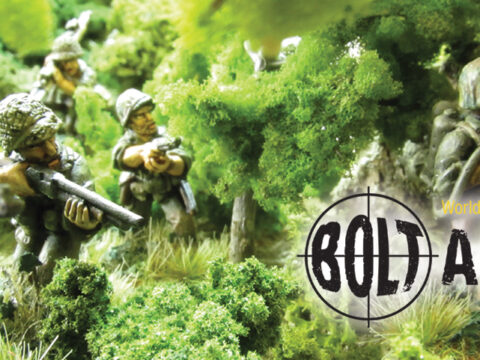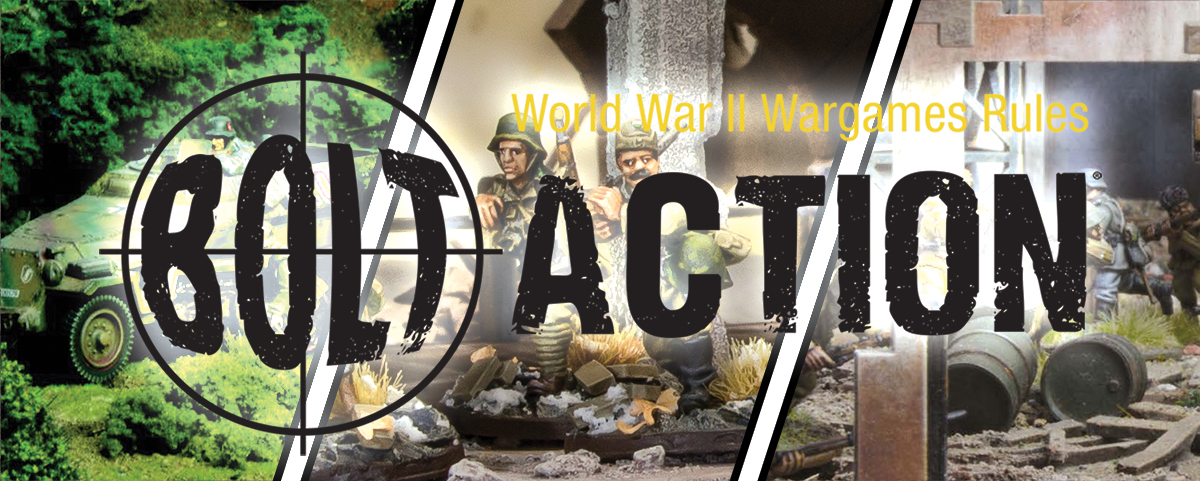
What are Campaign Books?
Campaign books for Bolt Action allow us a deeper look at particular theatres of War Whilst there is historical detail within the narrative, these volumes are not history books – they are first and foremost impressive wargaming supplements. Whilst historical details are provided for context, these books are designed to provide players with a healthy dose of new rules, units, theatre selectors and scenarios. Where appropriate, you’ll find relevant rules that have been previously published reprinted – these rules are vital to that volume and are reprinted for convenience.
Interwoven amongst the detailed histories in each book are a wealth of new varied new scenarios that play to each book’s highlighted theatre. This often calls for special rules, which are detailed at the rear of the book in depth. From the city fighting rules of Fortress Budapest to the amphibious landing rules that are especially pertinent to the iconic D-Day: Overlord, the books drill down into what makes these conflicts both unique and important, and provides everything a Bolt Action player needs to replicate the battles in miniature.
Stalingrad
Our latest campaign book seeks to help wargamers recreate the incredible struggles between the German Wehrmacht and the Soviet Red Army for control of the region between the Don and Volga rivers – ultimately centring on the city of Stalingrad.
This six-month-long battle saw some of the fiercest fighting of the war, with each side losing hundreds of thousands of men and culminating in the encirclement and eventual destruction of the German Sixth Army.
This book covers the southern region of the Ostfront from August 1942 to February 1943.
Fortress Budapest
The Siege of Budapest, the Soviet invasion of Hungary that led up to it, and the desperate German offensives to relieve the city covered kilometres of frontline; these battles lasted eight months and involved hundreds of thousands of combatants. Within the 168 pages of this impressive resource, the authors have squeezed in a variety of very different scenarios for players.
The Road to Berlin
Diving through the Eastern front, you’ll be able to learn about the very bloody and arduous operations both Germany and the Soviets endured, and the uprising of the Polish AK and Czech forces. With unrelenting leadership and an absurd amount of ‘political motivation’, the Russians finally managed to expose Nazi Germany after brutal years of fighting.
In June 1944 the Axis powers in Europe were about to be subjected to two major hammer blows. In the West, the final preparations were being made for Operation Overlord, the Allied invasion of Western Europe. In the East, the Red Army was planning a massive offensive, with bold objectives to critically damage the German Army and eject it entirely from the Soviet Union and, by pushing deep into Poland, providing the springboard for later offensives that would eventually find the Red Army in the streets of Berlin ushering in the final collapse of Hitler’s Third Reich.
Market Garden
This volume covers a very short space of time compared to other Bolt Action campaign books – just a matter of nine days in September 1944 – and is focused on a much smaller geographical area; a single narrow route through the Netherlands rather than a broad sweep of very variable terrain across several countries.
The fighting was incredibly intense; you’ll find bullets, blood, bombs, and bravery in abundance. The Allies struggled to keep the road open and the Germans struggled to cut it, so both sides engaged in attacks and counter-attacks over the same ground and therefore faced the same challenges.
Battle of the Bulge
Operation Market Garden, the massive airborne assault of September 1944, failed to meet its objectives and the momentum of the Allied advance was further threatened.
German forces were able to capitalize on this and with mounting pressure from the east as Soviet forces prepared for a winter offensive, Hitler decided to launch one last gamble – a massive counter offensive against the Allies in December 1944. The German assault (including 45-divisions) launched against American defenders dug in across the Ardennes region led to the largest single battle fought by the US Army in the entire twentieth century. The stakes could not have been higher for either side – for Germany it truly was a last attempt to avoid being completely overwhelmed by the Western Allies, whilst for the American forces bearing the brunt of the assault, there was a very real threat that a German breakthrough could have undone all of the successes since D-Day.
Western Desert
When compared to the enormous campaigns waged on the Eastern Front and in Western Europe during World War II, the struggle in North Africa between the British Commonwealth and the Axis might seem an unimportant sideshow. However, its influence and impact were far-reaching and dictated many strategic decisions that influenced the course of the war.
It covers a period of time from September 1940 when Mussolini’s Italian Army invaded British-held Egypt to the final retreat of Rommel’s Afrika Korps from Egypt during October 1942. During that period the conflict witnessed much hard fighting resulting in spectacular victories and the capture of territory, equipment and prisoners for both sides whilst also subjecting them to a series of demoralising retreats where final and irrevocable defeat seemed assured.
New Guinea
The New Guinea campaign spanned several years and thousands of miles; to even attempt to summarise such a huge campaign into a book of this size is to accept that it cannot do justice to those who fought in it. Many critical battles have not been presented as scenarios in this book, merely due to the constraints of the book size and the author’s wish to present a variety of very different scenarios for players. For those who are interested in a more in-depth look at the actual historical events surrounding the New Guinea campaign, a bibliography is provided to aid you in your research
D-Day: Overlord
The day and battle that is the focus of this book is one of the most pivotal and celebrated not only in the history of the Second World War but that of world history; D-Day, June 6th, 1944, the opening of the second front in Europe. Not only for its historical and military significance but also because of the iconic and cultural impression it has left.
D-Day or, as D-Day was known by its planners, Operation Neptune (The first phase of the overall plan to liberate Fortress Europe: Overlord), was a combined operation of truly gargantuan proportions the likes of which we hope never to see again. Operation Neptune was the fruit of years of planning, training and preparation. A bringing together of the best military, scientific, and engineering minds to overcome what was seen as one of the greatest manmade bulwarks ever created; the Atlantic Wall.
Battle of France
The Battle of France saw German forces sweep across the Low Countries and towards Paris, crushing Allied resistance in just six weeks. From Fall Gelb and the British withdrawal from Dunkirk to the decisive Fall Rot, this supplement for Bolt Action allows players to take command of the bitter fighting for France, and to refight the key battles of this campaign. Linked scenarios and new rules, troop types, and Theatre Selectors offer plenty of options for novice and veteran players alike.
Over the next few weeks, we’ll be looking at each of these campaign books in much greater detail, exploring the conflicts they detail and the possibilities on the tabletop.

